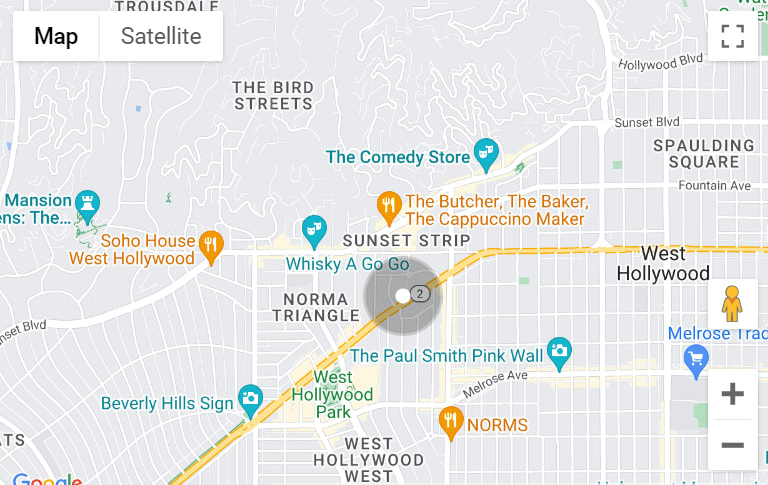July 2022 Newsletter - Mark Stornetta
History was never my strongest subject. Despite this, I realize there are times when looking to the past is helpful as it relates to the present and future, especially when considering the economy, particularly the real estate industry.
In today's real estate world, everything is compared to the hyper-insanity of 2020-2021 markets. These markets were artificially fueled by cheap capital, pent-up demand, gross under-supply, under-estimated-inventory needs, supply chain disruptions, etc. In 2021 alone - where U.S. GDP grew around 6%, triple the normal rate - we saw a time that defied rational norms.
Rather than look to the past, we may be better served when comparing the more calmed markets of 2019 when there was no war, inflation, energy crisis, supply-chain disruptions, global lockdowns, etc. We’ve been on a roller coaster, slowly adjusting to to this 'new normal'.
Consider this, *a typical real-estate cycle occurs in four phases: expansion, hyper supply, recession, recovery. This pattern gave rise to the 2007-10 housing bubble, a time when cheap debt, predatory mortgage lending, and complex financial engineering combined, leading to a foreclosure and a credit crisis among investors. By 2008, that led to a global GREAT recession. During that recession, U.S. home prices — which had soared during the housing bubble of 2006/2007 — tanked to a 17-year low. The current housing market is vastly different. Although the U.S. is bracing for a possible recession in 2023, home prices won't be crashing anytime soon. (Business Insider)
The S&P 500 ended 2019 at 3,234. Today - while sharply off its record highs - it is still over 17% higher than year-end 2019. The NASDAQ is up 25% since year-end 2019. Averaged over two years, that is still exceptional.
And while what happens in real estate may often occur through no fault of our own, we can certainly learn the impact of our role and adjustments we might make in the future.
For instance, when interest rates rise, some people will simply be unable to afford to buy homes at their current prices. When a seller considers a price reduction to help 'match' the monthly mortgage payments, this is how to adjust:
- A 6% mortgage rate monthly payment is equal to a mortgage payment with a 5% rate when the asking price is reduced by roughly 8.25%.
- A 6% mortgage rate monthly payment is equal to a mortgage payment with a 4% rate when the asking price is reduced by roughly 16.25%.
If history has taught us anything it is that the only certainty is change. Managing our thoughts and feelings through change may be the most important discipline of all. We cannot stop change. We CAN learn to manage the process more effectively.
